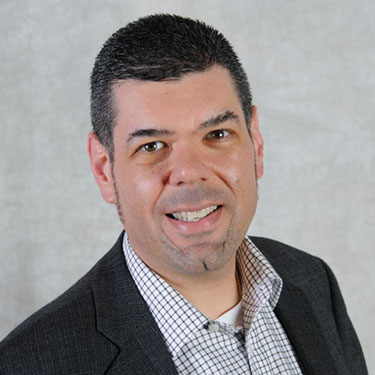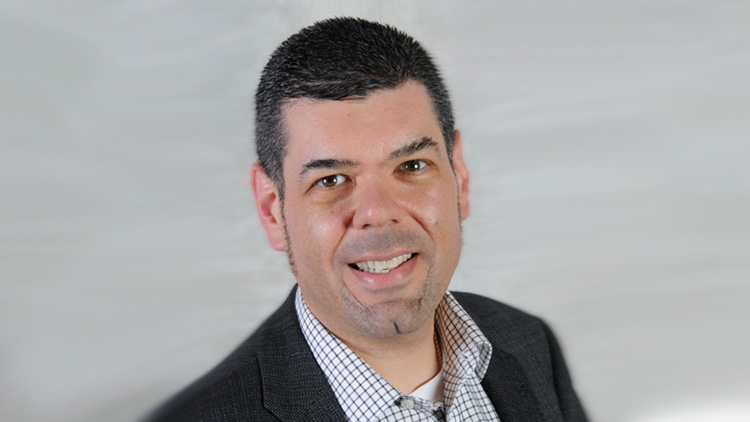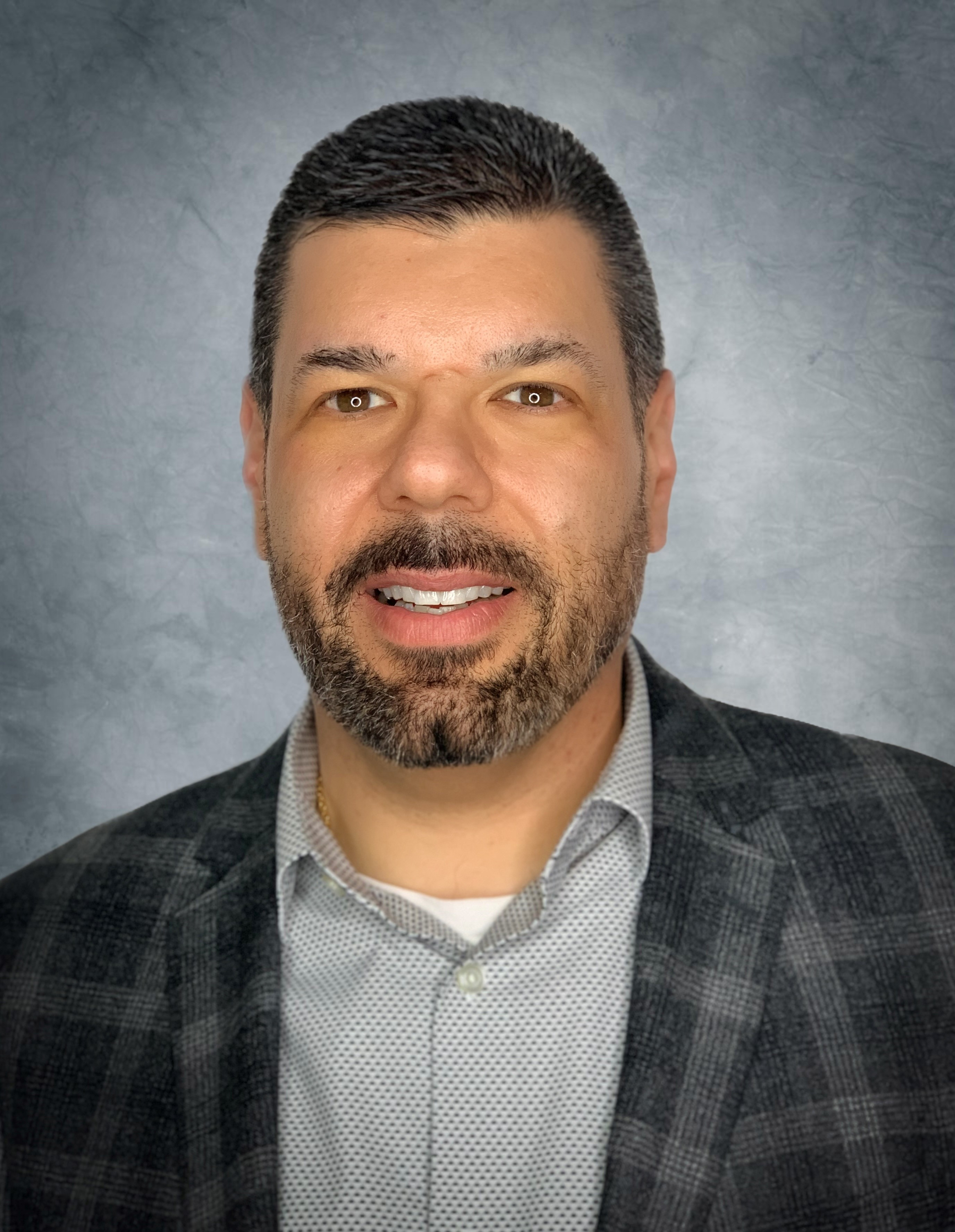With innovation growing at a rapid pace, these days everyone is looking to optimize their investment in technology. The AV market is no different. Budgets need to stretch farther than before, equipment needs to last longer, and infrastructure decisions are significant in laying the path for the future. Technology managers, consultants, and integrators all need to be thinking about future-proofing the system designs, choosing technology that will be sustainable, and helping their client make wise decisions.

Steve Greenblatt
When optimizing an AV system, some of the techniques that seem to save money, optimize equipment, and create efficiencies are not always ideal long term. It is just as important to invest in technology that will grow with you as it is to avoid decisions that lead to long-term negative consequences.
Below are some optimization technique pitfalls to avoid.
Avoid forcing equipment to do double duty
Although some equipment can serve in multiple capacities, this doesn’t mean it should or that it would perform each function equally as well. For example, a video codec can be used to perform audio conference calls in addition to video conference calls; however, the audio conference control and functionality does not compare to the performance, flexibility, and control offerings of a dedicated audio DSP with a dialer interface.
Avoid using a single control processor to operate multiple rooms
With the power and capability of today’s control systems, a control processor can easily handle programming for more than one system. Although it may be tempting to consolidate multiple rooms into a single control processor and save on the cost of a dedicated processor in each room, the risk is not worth the reward.
Programming a single processor to serve more than one room can lead to unforeseen challenges such as additional programming and testing time to pack multiple rooms into a single program, regardless of how similar they may be. Utilizing one processor for multiple rooms also increases the risk of failure. So, if or when a processor fails, all rooms connected to the one processor will be affected. Additionally, for any one room to be updated or serviced, all rooms need to be taken offline. Lastly, the initial time spent programming, as well as maintaining, modifying, and upgrading, the control system code will be longer and more difficult due to the complexity of having multiple rooms share a control processor.
Using a dedicated processor for each room type addresses not only the failure and down time concerns, but also provides the opportunity to leverage similarities in systems. The opportunity to replicate the same program in multiple processors means that only one system program is written as opposed to multiple programs consolidated into one processor. In the end, the programming time and cost will likely outweigh the hardware savings.
Smaller touch panels can impact usability
While a smaller touch panel size may be the right fit for a system aesthetically and financially, it is important that usability, consistency, and capacity needs are all met. Touch panels that are 5-inch or smaller tend be best suited for basic presentation systems. When considering a user interface for a conferencing system or a system with multiple displays, it is important to ensure that there is enough surface area to accommodate all the necessary buttons. Flipping pages or subpages negatively impacts the ease of operation and user experience. Additionally, button size should be manageable with a clear layout for easy and successful operation.
Ensure that there are enough audio and video signal pathways to accomplish current and future routing needs
When designing a system, it is important to provide a matrix switcher large enough to accommodate the number of inputs and outputs required to support all current and future signal routing needs. This is especially important when considering fixed architecture matrix switchers. If a matrix switcher is completely or close-to-fully populated, it is too small for the project.
Whether during the implementation process or in the not-so-distant future, there will be requests or needs to include an additional input or output. Without being able to expand the system at a reasonable cost, compromises will need to be made to accommodate needs.
Above all, it is critically important that the design of the system can support the current and anticipated needs and expectations of the user while providing consistent, easy to use operation.
Select devices that have been proven and tested before utilizing them in a system
New devices are important to consider especially when looking to address a specific need or plan for long-term sustainability; however, there are identifiable drawbacks to using the latest and greatest equipment. First, it is important to consider testing any new equipment in house before using it in a system to ensure it performs as expected. Next, investigate the control protocol (or API) to confirm that it is comprehensive, provides bi-directional control, and supports the necessary commands required to provide the desired functionality. Lastly, investigate whether there is a module/driver available for the control system that will be used making programming easy to implement. The presence of a control module or driver (depending on the platform) will provide confidence that the device can be easily controlled and integrated into the system. A pre-developed module/driver ensures the device operates properly, and cuts down programming time from hours, days, or weeks to minutes, saving time and money, and avoiding frustration.
In the end, AV system optimization is something that everyone strives for to make systems more cost effective and last longer. However, they should not entail unwarranted extra effort, or come at the price of sacrificing functionality and user experience. Saving money on hard costs does not overshadow the soft costs that result from extra time, frustration, performance shortcomings, or loss of client satisfaction. It is important to think big picture and consider optimization an investment in long-term sustainability rather than short term gains.
Steve Greenblatt, CTS, is president and founder of Control Concepts, Inc., a leading provider of specialized software and services for the audiovisual industry, based in Fair Lawn, NJ. Steve is currently a member of the InfoComm Leadership Search Committee and has served on the InfoComm Independent Programmers Council, Audiovisual Systems Energy Management Performance Task Force, and AV Systems Implementation Best Practices Task Force, and co-authored the white paper Modern Approaches to Control Systems Design.

